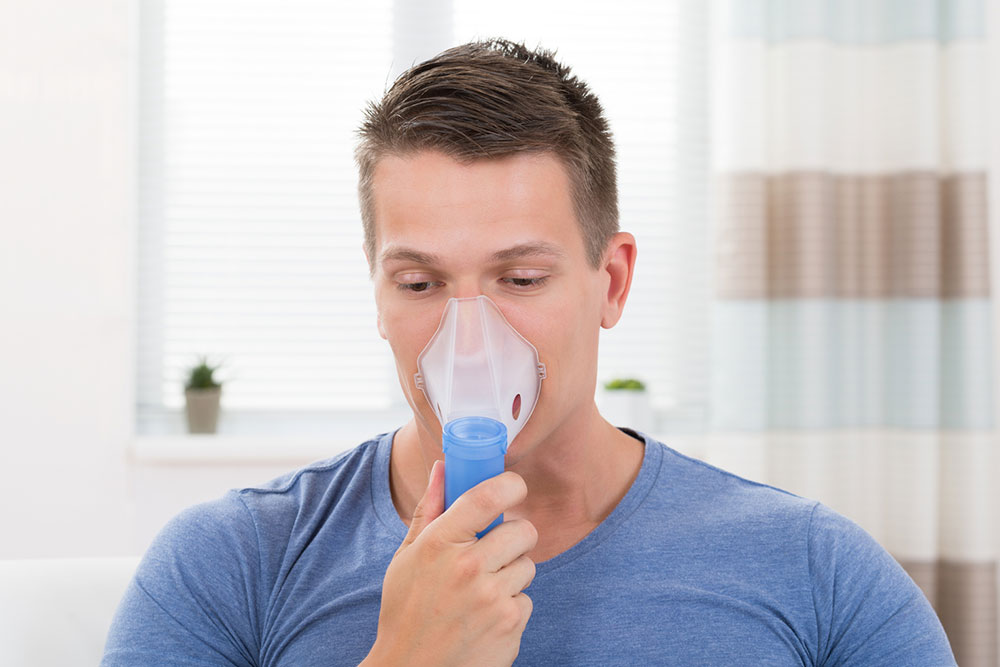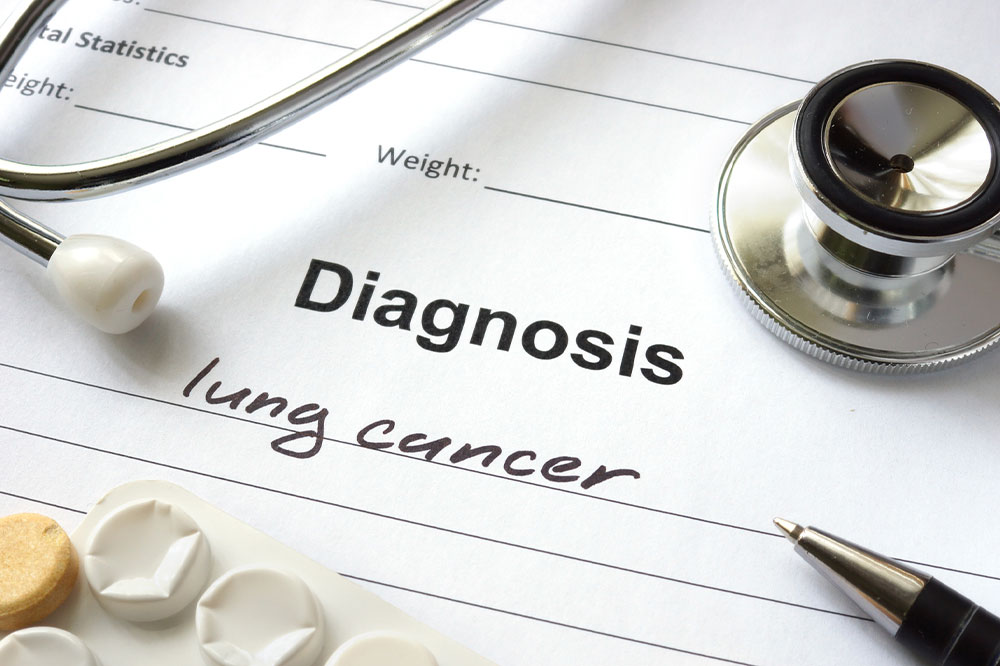Comprehensive Guide to Recognizing Mild Pneumonia: Symptoms in Children and Adults
This comprehensive article explains the signs and symptoms of mild pneumonia in children and adults, highlighting differences between typical and atypical pneumonia. It emphasizes early detection, preventative measures, and treatment options to manage this common but often overlooked lung infection effectively. Understanding these symptoms can lead to prompt medical intervention, reducing the risk of serious complications and promoting quick recovery across all age groups.

Recognizing Mild Pneumonia: Key Signs and Symptoms in Kids and Adults
Pneumonia remains a significant health concern worldwide, characterized by infection-induced inflammation of the lungs’ air sacs. While severe pneumonia can lead to significant health complications and often requires intensive treatment, mild cases—commonly known as walking pneumonia—may present with subtle signs that are easily overlooked. Understanding the symptoms of mild pneumonia is vital for timely diagnosis and management, especially since it affects people across all age groups, from children to seniors.
Understanding the Variations of Pneumonia: Typical vs. Atypical
Pneumonia isn’t a one-size-fits-all condition. Doctors broadly classify it into typical (or classic) pneumonia and atypical pneumonia, which includes walking pneumonia. The primary differences between these types involve their causes, the severity of symptoms, and treatment approaches. While traditional pneumonia often results from viral or bacterial pathogens causing more intense respiratory distress, walking pneumonia is usually milder and caused predominantly by specific bacteria like Mycoplasma pneumoniae.
Causes and Infectious Agents: Traditional pneumonia is mostly caused by influenza viruses or rhinoviruses that invade the respiratory system, leading to lung tissue inflammation. In contrast, walking pneumonia frequently stems from bacterial infections, particularly by Mycoplasma pneumoniae, which is less aggressive but still transmissible. Unlike conventional pneumonia, walking pneumonia often doesn’t cause the severe chest pain or high fever typically associated with more serious infections.
Management and Treatment Strategies: Severe pneumonia cases might necessitate hospitalization, oxygen therapy, and potent antibiotics. However, milder forms, such as walking pneumonia, can often be effectively managed at home through rest, adequate hydration, and over-the-counter remedies. Preventive measures include good hygiene practices, avoiding close contact with infected individuals, and vaccination for influenza and pneumococcal strains when appropriate.
Potential Long-Term Effects: Severe pneumonia can lead to lingering lung damage, respiratory complications, and a higher risk of recurrent infections. Conversely, walking pneumonia typically remains a mild illness with minimal long-term consequences, especially when diagnosed early and properly treated.
Recognizing and managing walking pneumonia promptly can prevent complications and promote quick recovery. Both children and adults often present with subtle symptoms, making awareness crucial for early detection.
Symptoms of Mild Pneumonia in Children
Kids usually maintain their daily routines and appear relatively active, but subtle signs can hint at underlying pneumonia. Awareness of these symptoms is vital for parents, teachers, and caregivers to seek medical attention promptly.
Cough: Often dry but can sometimes produce mucus, signaling lung irritation.
Runny Nose and Sore Throat: Commonly mistaken for cold symptoms; persistent or worsening signs should raise concern.
Fatigue and Lethargy: Children may seem more tired than usual, with decreased activity levels.
Head Discomfort: Mild headache or ear discomfort can accompany respiratory issues.
Low-grade Fever: Typically around 99°F to 100°F, these fevers may persist for days.
Sinus Congestion: Stuffy nose and sinus pressure are frequent
Sore Throat: Often accompanied by cough, and sometimes linked to postnasal drip.
Respiratory Symptoms: Signs that resemble bronchitis or cold with mild chest discomfort.
Exacerbation in Children with Respiratory Conditions: Children with asthma or other respiratory ailments might wheeze or cough more prominently.
Symptoms usually emerge 1–4 weeks post-infection and can last up to 3–4 weeks, necessitating vigilant monitoring. Despite the mild nature, pediatric patients should be evaluated by healthcare providers if symptoms worsen or persist.
Symptoms of Mild Pneumonia in Adults
Adult presentation is often characterized by subtle symptoms that can easily be mistaken for a common cold or allergy. Nonetheless, recognizing these signs early plays a critical role in preventing complications.
Sore Throat: Inflammation causes discomfort, sometimes coupled with difficulty swallowing.
Fatigue: Persistent tiredness due to compromised lung function and mucus buildup that hampers oxygen exchange.
Mild Fever: Temperatures generally range from 99.6°F to 100.3°F, rarely exceeding 101°F without additional symptoms.
Chest Discomfort: Heaviness or stabbing pain, often worsened by coughing or movement, indicating lung inflammation.
Cough: A persistent cough—dry or productive—serves as the body's mechanism to clear irritants from the lungs. Cough duration exceeding two weeks warrants medical evaluation.
Sneezing and Nasal Congestion: Reflects active upper respiratory tract irritation and high contagiousness. Covering mouth and nose is advised to prevent spread.
Headaches: Mild scalp, facial, or neck headaches may accompany respiratory symptoms.
Dehydration and adequate rest help ease common symptoms. Adults remain contagious until symptoms resolve, underscoring the importance of good hygiene and isolation practices during illness.
Diagnosis, Prevention, and When to Seek Medical Help
Diagnosing walking pneumonia involves a detailed clinical assessment by healthcare specialists. The physician will review symptom history, perform a physical examination, and may order chest X-rays and blood tests to confirm the presence of lung infection. Early diagnosis is crucial, especially for vulnerable populations such as young children under 2 years, the elderly over 65, and individuals with pre-existing respiratory conditions like asthma, COPD, or compromised immune systems.
Prevention tips emphasize good hygiene, including frequent handwashing, covering coughs and sneezes, and avoiding contact with infected persons. Vaccinations against influenza and pneumococcal bacteria are highly recommended for at-risk groups. If symptoms persist beyond typical duration or worsen, seek prompt medical evaluation to prevent complications and initiate suitable treatment.
In conclusion, while walking pneumonia is generally a mild and manageable condition, awareness of its subtle symptoms can lead to early intervention, reduce transmission, and ensure swift recovery for individuals of all ages.





